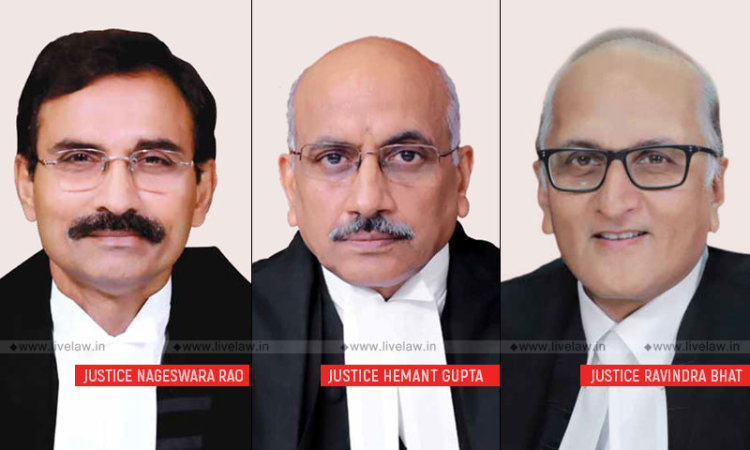The Supreme Court observed that a telephonic message which does not clearly specify the offence, cannot be treated as an FIR.In this case, the murder accused viz Samadhan Shinde, Netaji Achyut Shinde and Balasaheb Kalyanrao Shinde were convicted by the High Court. The Trial Court had acquitted Netaji and Balasaheb and convicted Samadhan. The High Court confirmed the conviction of Samadhan...

